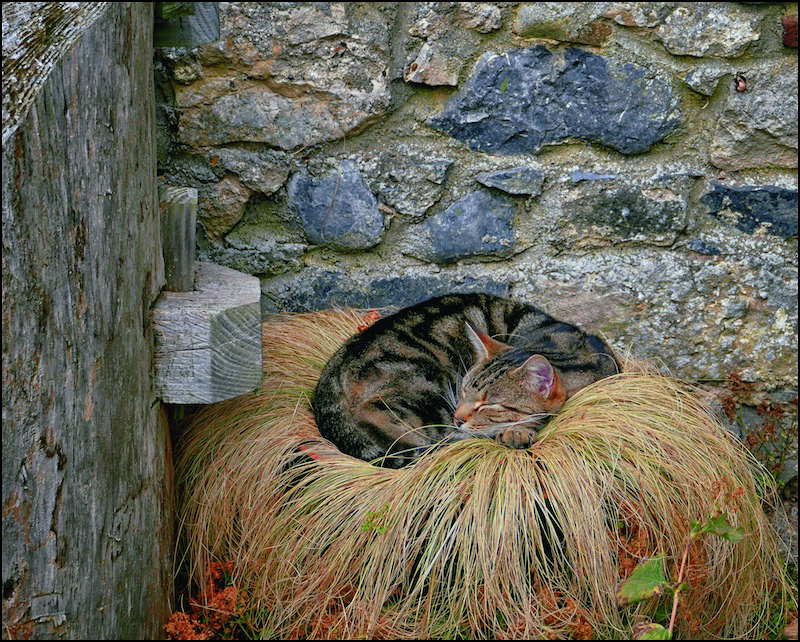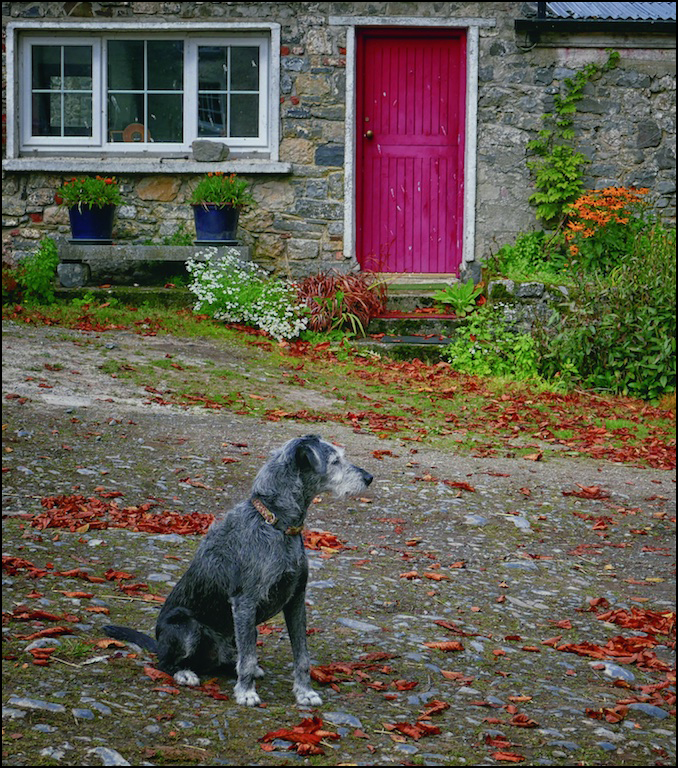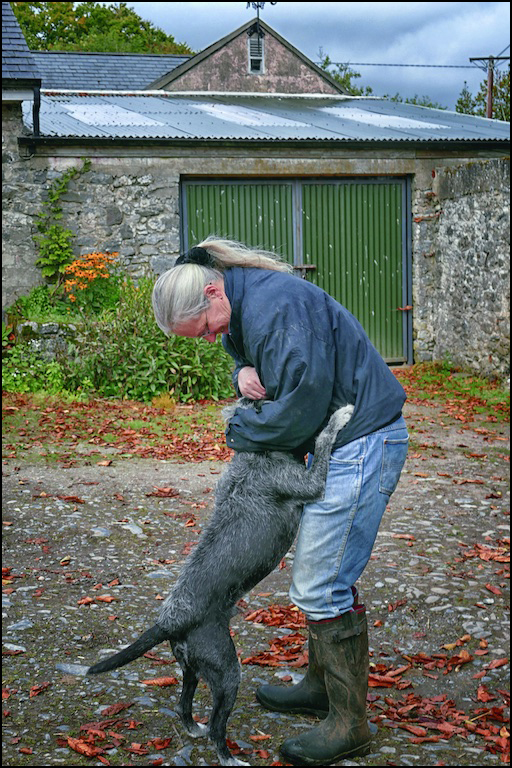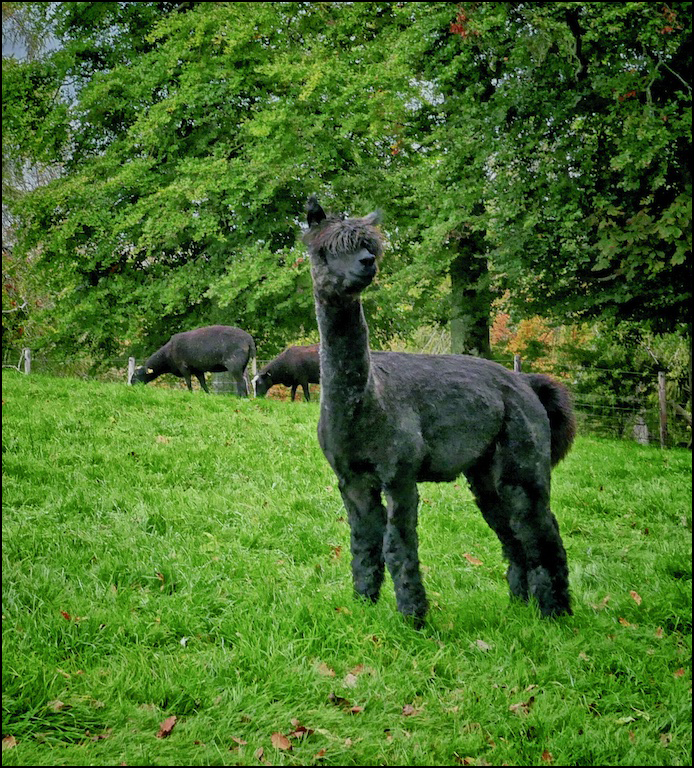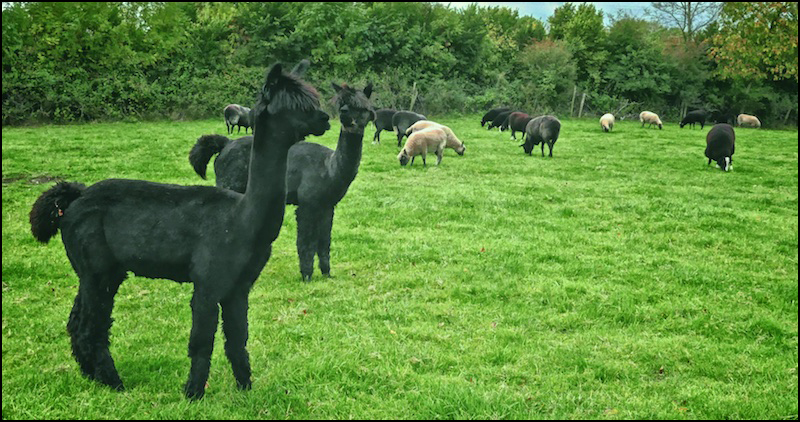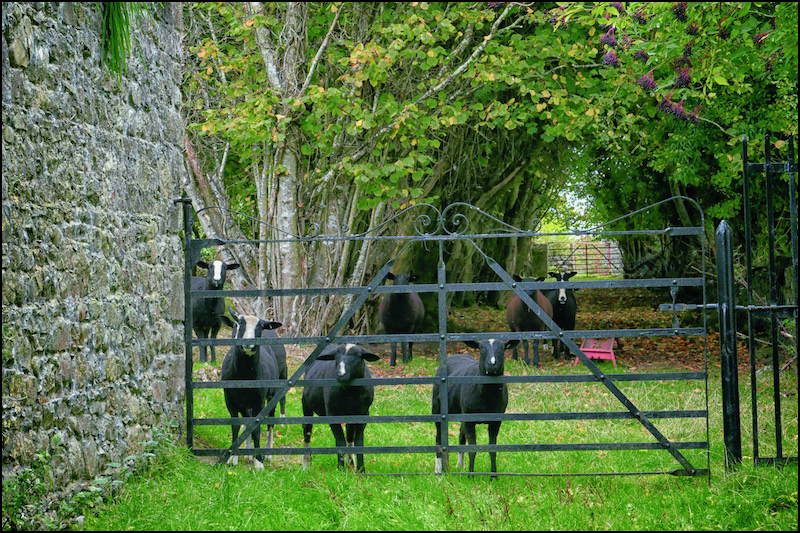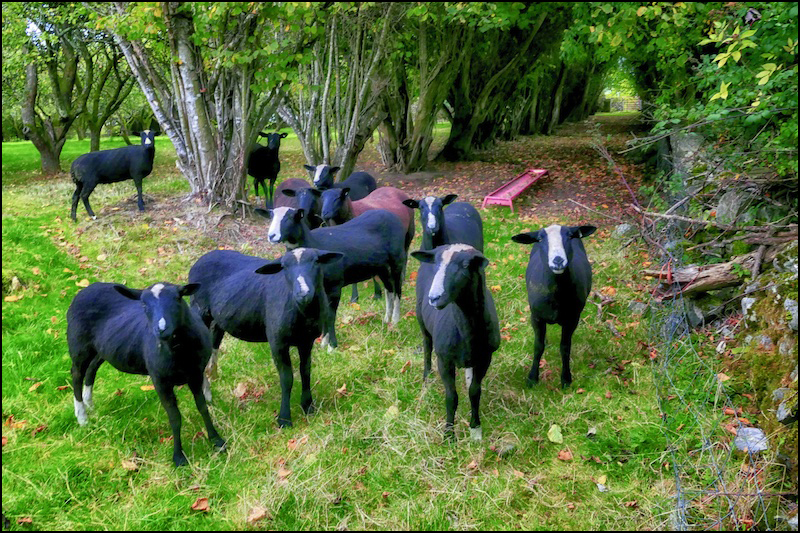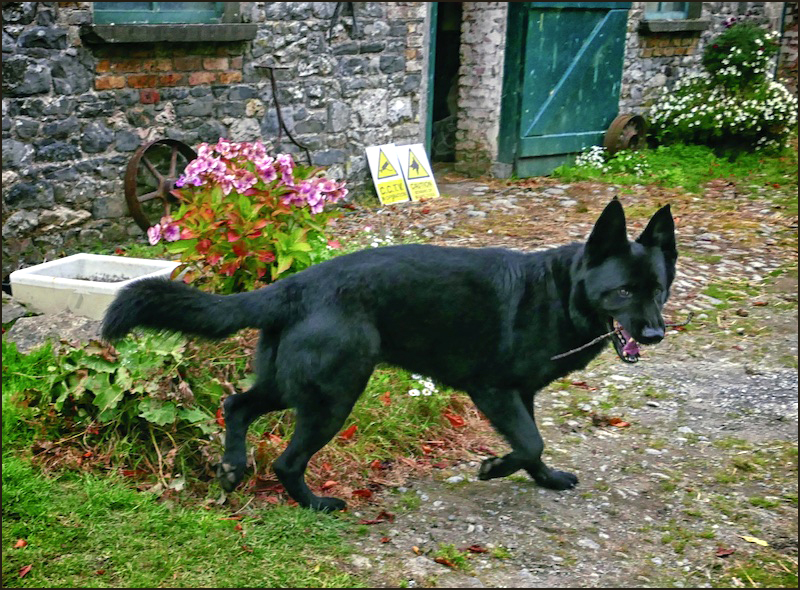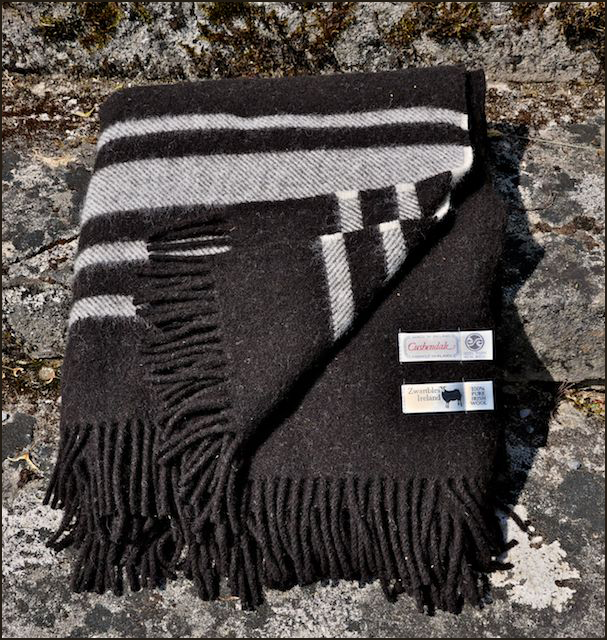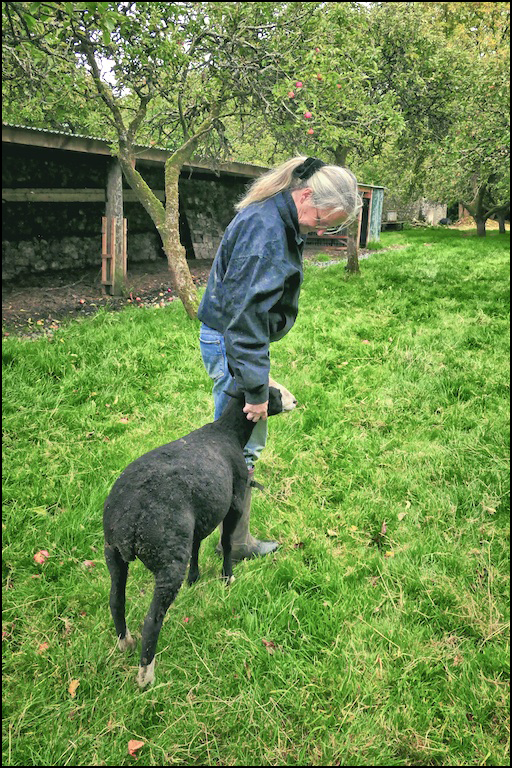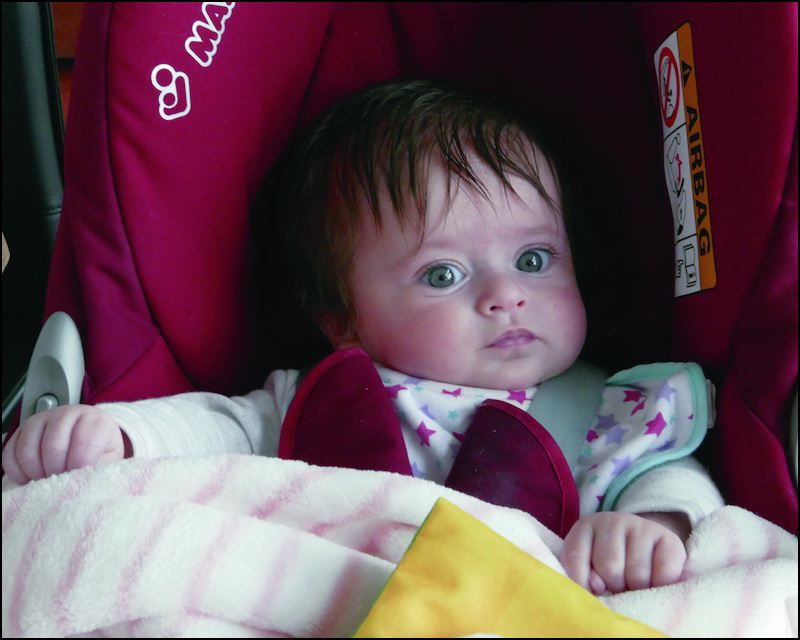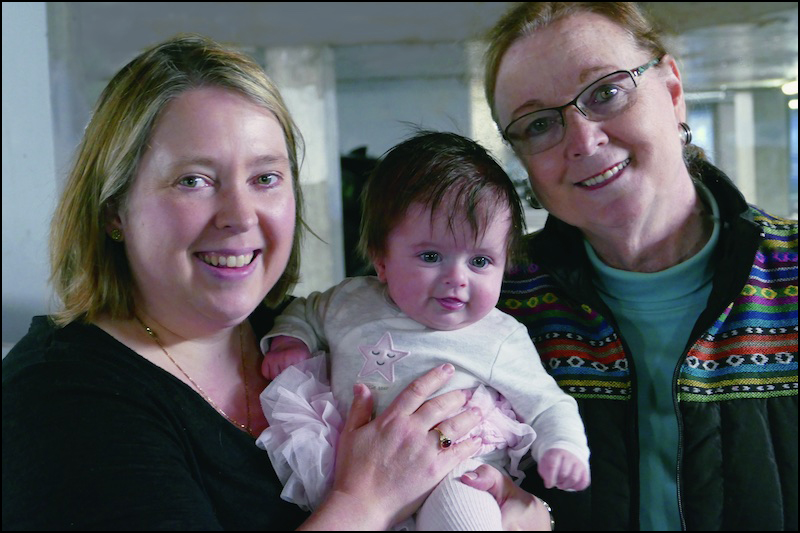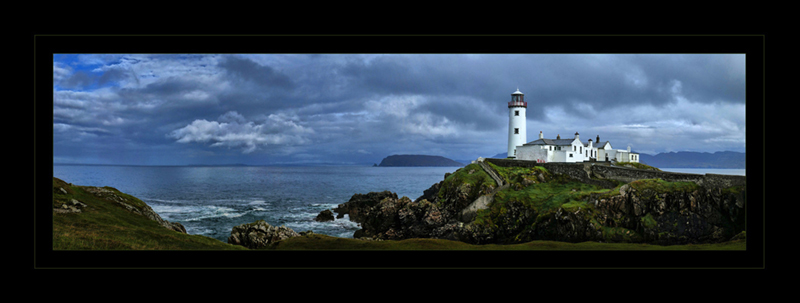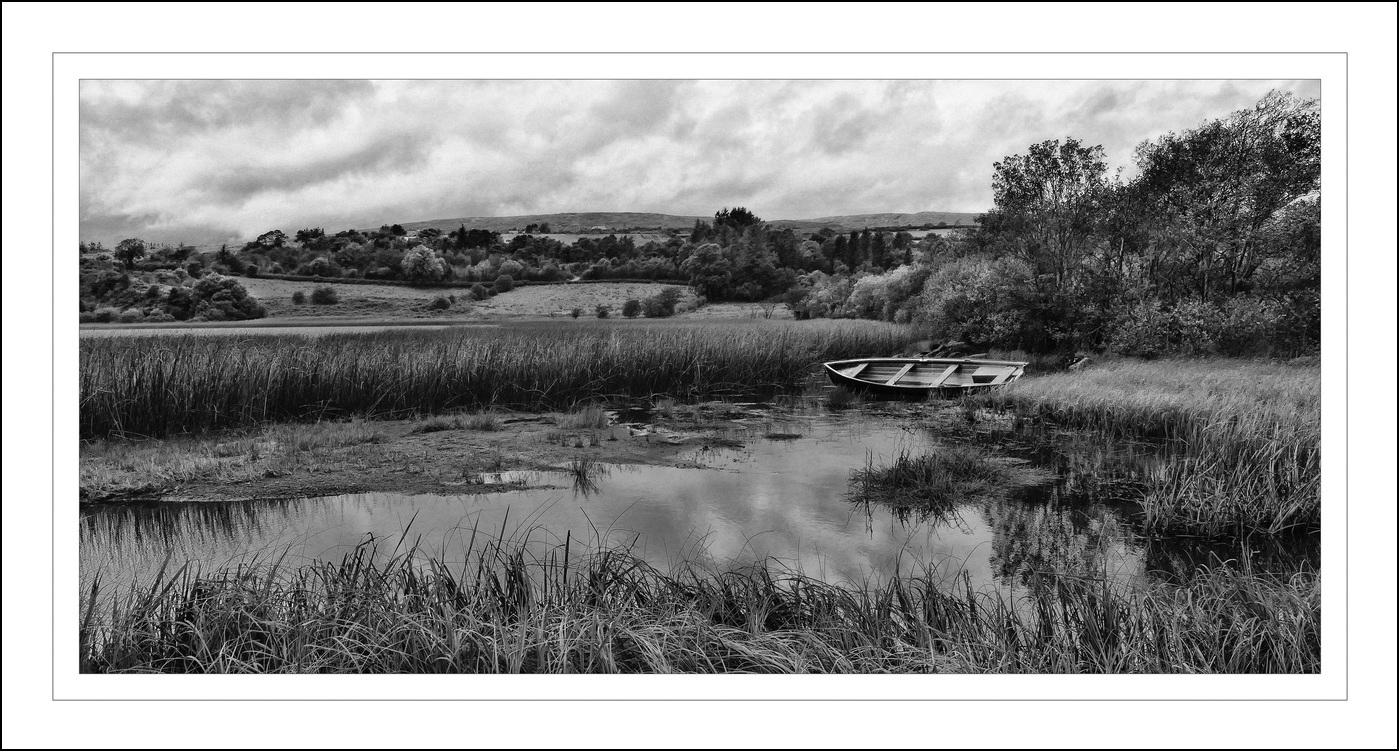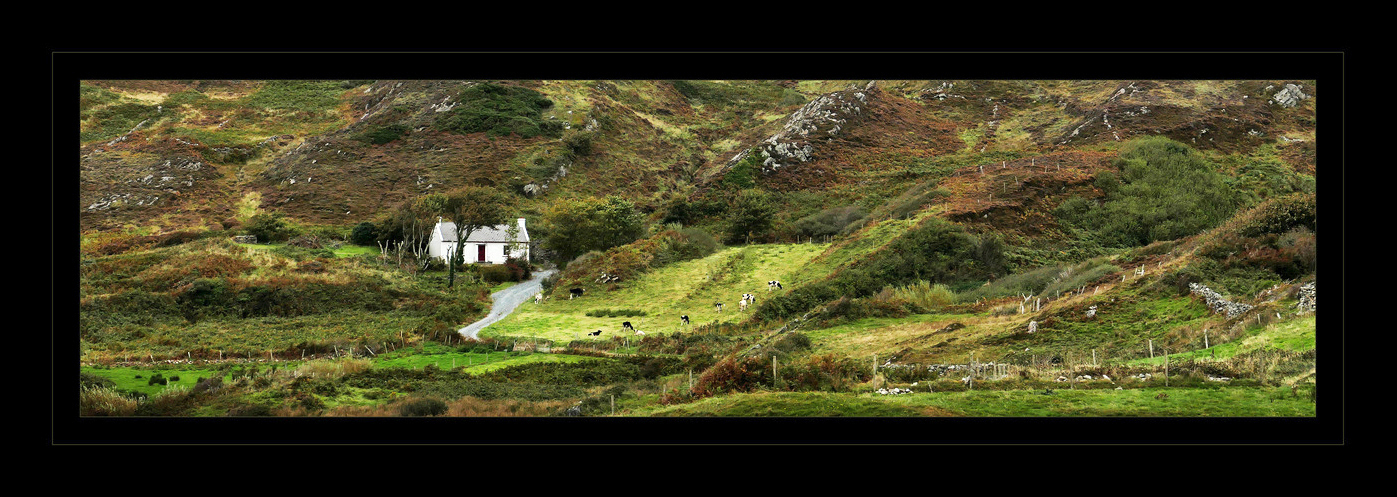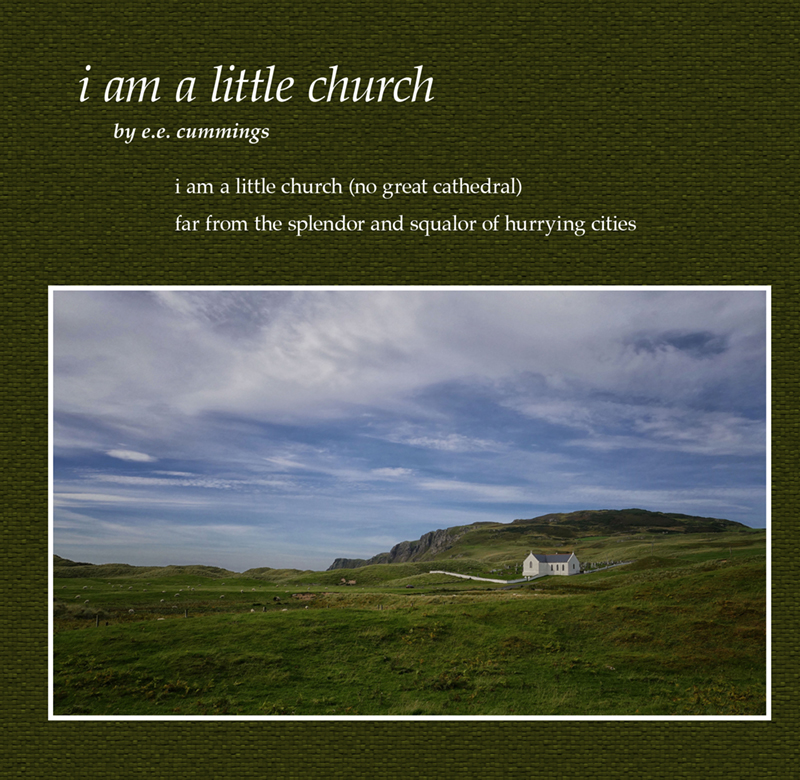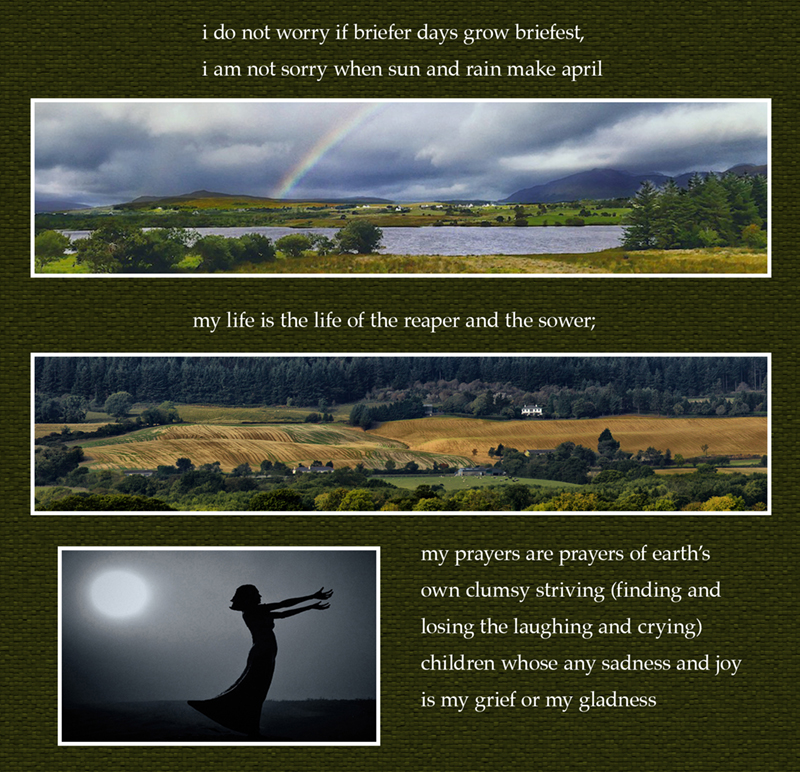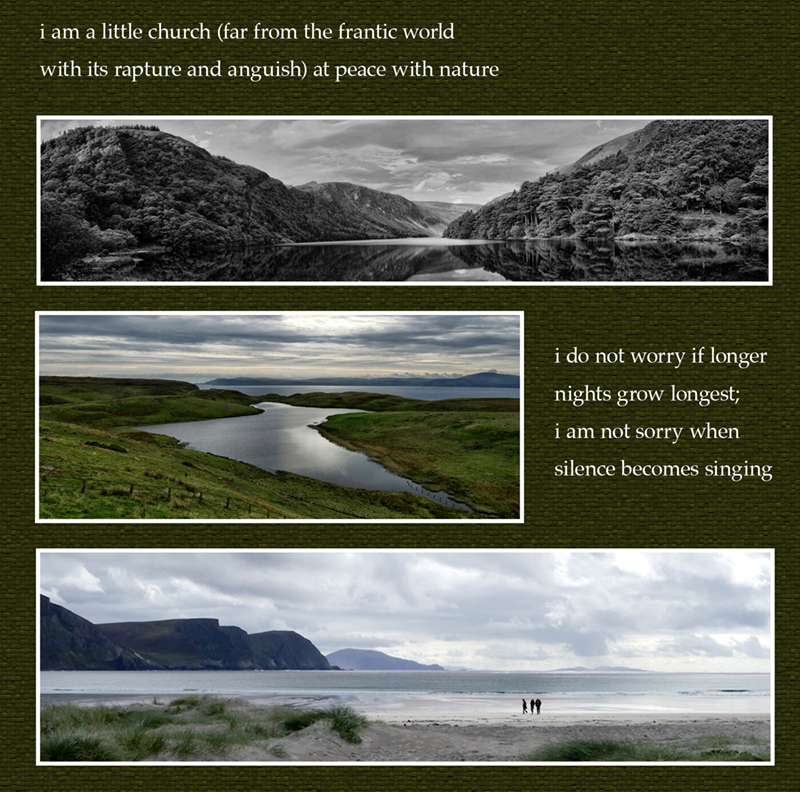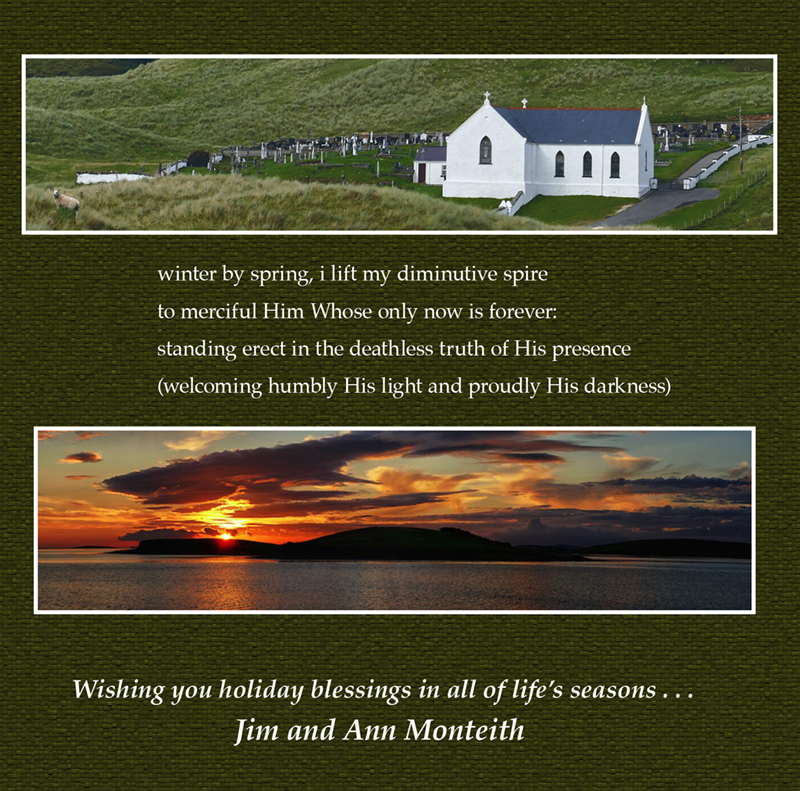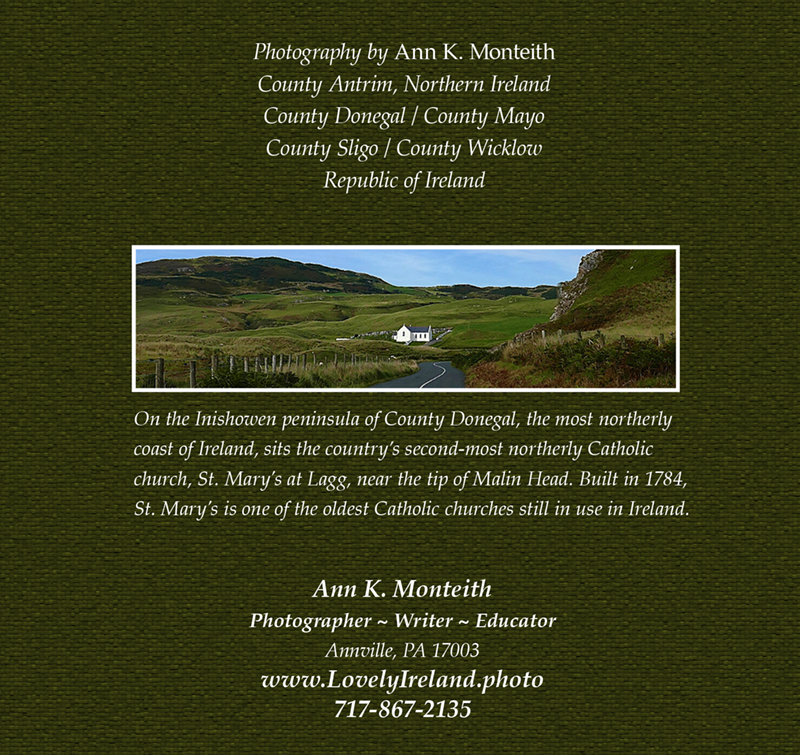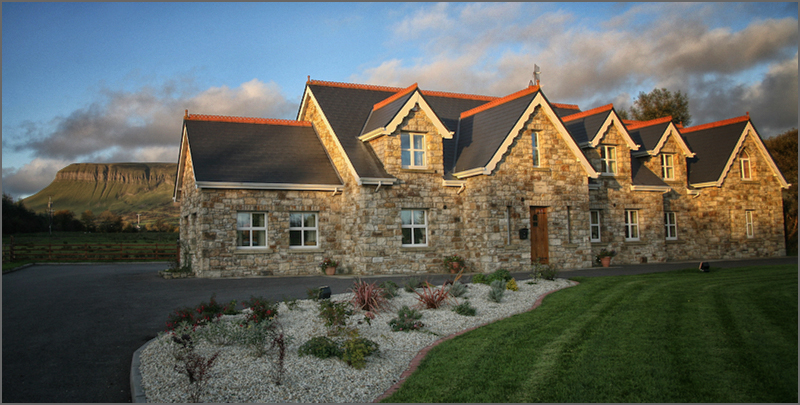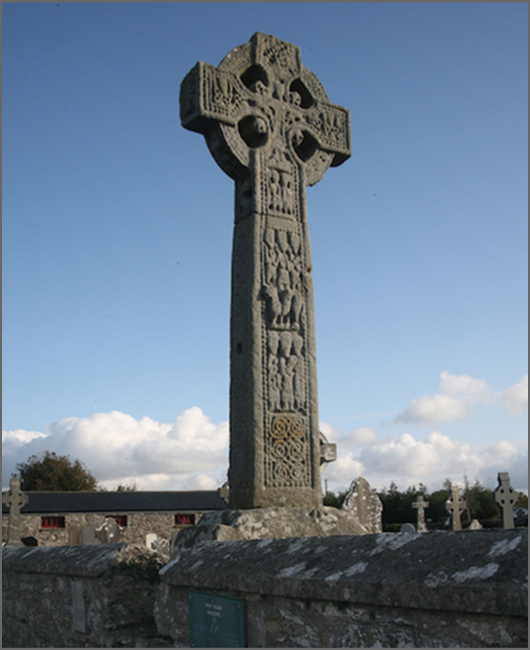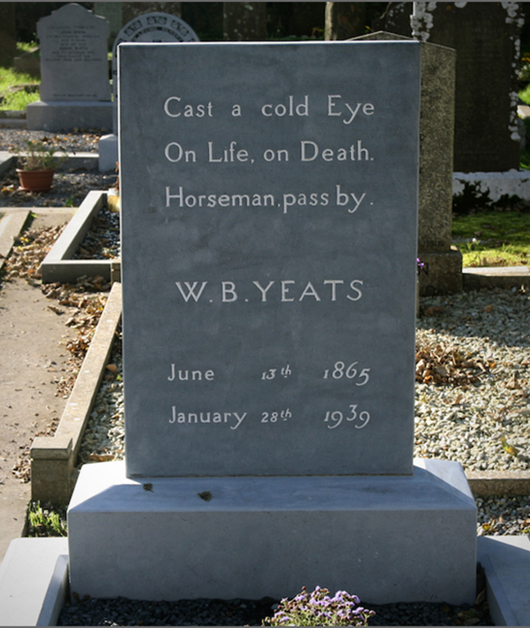The Wonderful World of Suzanna Crampton
And Her Zwartbles Flock
Wednesday, January 27th, 2016
Knowing that I was compiling photographs for a book on sheep in Ireland, Maria Dunphy, my photographer friend who lives and works in Kilkenny, put me in touch with Suzanna Crampton, who raises Zwartbles sheep in nearby Bennettsbridge. Her extraordinary flock is located on Suzanna’s picturesque farm where the sheep graze in bucolic pastures near the lovely Nore River. Suzanna also is an accomplished photographer who occasionally offers photography workshops at her exceptionally photogenic farm.
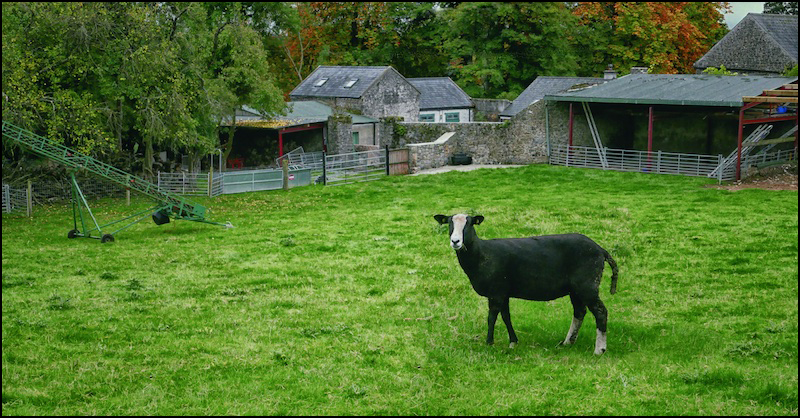
To say that Suzanna Crampton is a Zwartbles breed expert would be an understatement, and given her vibrant personality, it is hard to imagine a more effective advocate for the breed. She very generously introduced Jim and me to her gorgeous flock and other interesting animals that share her farm. Suzanna confirmed that what I had read about the breed is true: They are docile, friendly, easy lambing, prolific, milky, and the ewes make excellent mothers.
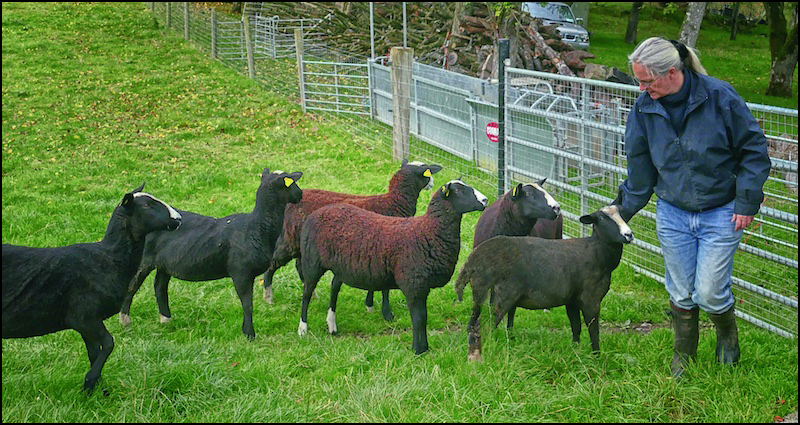
The Zwartbles breed is not native to Ireland; they originated in the Friesland region of the north Netherlands. By the mid 1970’s their numbers had decreased to the point that they were entered into the Dutch Rare Breed Survival Trust, which helped to stabilize the breed. Zwartbles sheep were introduced into Britain from Holland in the 1980’s and to Northern Ireland in 2000. By 2005, they could be found in the south, with the first lambs born in the spring of 2006. In 1995, a Zwartbles Sheep Association was formed in Great Britain, and Irish breeders were granted membership numbers in 2007. The South of Ireland Zwartbles Sheep Club was formed in 2010.
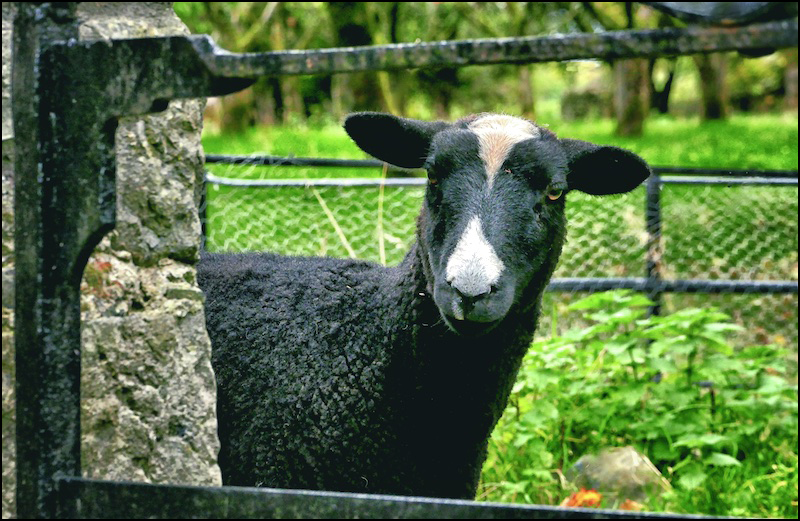
Zwartbles sheep are striking in their appearance, featuring black/brown fleece, a white blaze on the face, between two and four white socks, a white tail tip, and both ewes and rams are hornless. Zwartbles are relatively large sheep: Ewes weigh an average of 85 kg (187 lbs), and rams 100 kg (220 lbs). The dense fleece, when shorn, ranges from black to brown with sun bleached tips, and some silvering may be present in older animals. The wool is medium to fine, making it popular for spinning and felting.
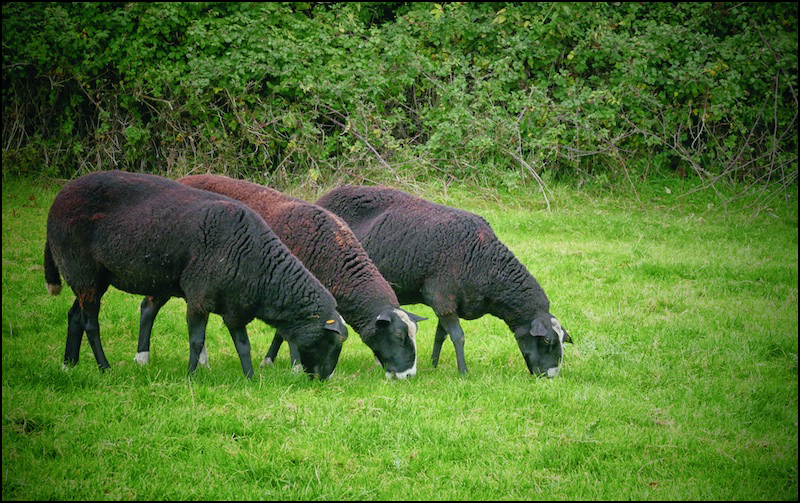
Because the breed originated from a cold, wet, windy area of the Netherlands, Zwartbles are quite at home in Ireland. They are mainly used to produce breeding stock, meat, milk and wool and are increasingly popular with both small holders and commercial farmers. Before our visit most of what I had learned about Zwartbles came from reading Suzanna’s delightful Bodacious the Cat Shepherd website and Facebook Page. I thoroughly enjoyed poring over the two sites in order to admire Suzanna’s great photos featuring the farm’s diverse brood. While Bodacious is the best known of the farm’s cast of characters, he was not around on the day of our visit, but we were introduced to Ovenmitt, whose mid-afternoon snooze we did not interrupt, and darling Pepper, a border collie/fox terrier mix, who is always on duty and at the center of the action.
The most surprising animals we met at the farm were a pair of male alpaca, whose job it is to protect the sheep from attacks by dogs (even pet dogs) that stray into the sheep pastures. It was fascinating to see the alpaca stand guard over the sheep as they moved from one pasture to another, then remain alert as the flock settled down to graze.
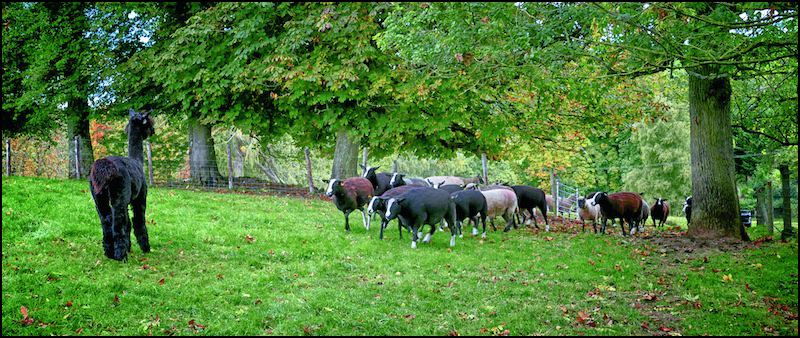
Speaking of standing guard, my favorite picture of the day was of Pepper who, upon Suzanna’s command, deftly leapt on to the branch of a tree and happily surveyed his domain.
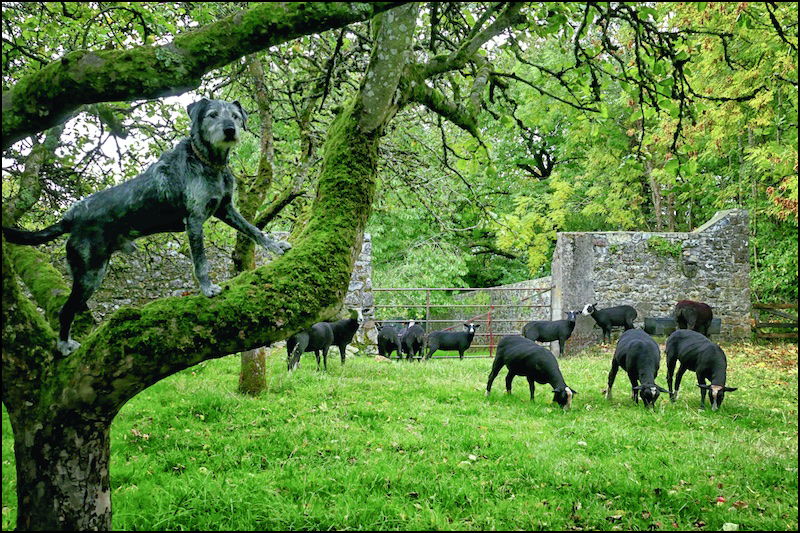
Before we left, we had the pleasure of meeting The Big Fellow, a large black East German Shepherd. Besides being a wonderful example of the breed, it would be hard to imagine a more imposing watchdog for the farm and its inhabitants.
Our visit with Suzanna, the Zwartbles and their assortment of four-legged friends was truly unforgettable, and it was made even more so because I left with a wonderful travel rug woven of Zwartbles fleece, which now resides proudly on a comfortable chair in my living room. The woolen throw was woven at the nearby Cushendale Woolen Mills, and I’ve posted a great video about the mill, which features Suzanna and her farm and shows the mill’s entire process of creating woolen products from sheep shearing through looming. It’s well worth a look!
You can view several Cushendale products for sale and learn more about the Zwartbles breed on the ZwartblesIreland.com website, which also has a page for The Cat Shepherd Gift Store showing post cards and a calendar that features Suzanna’s photography. Anyone interested in photography can email Suzanna through the website contact form to learn when she is hosting her next workshop. What a great opportunity! Thank you, Suzanna, for your outstanding hospitality!
. . . . . . . . . . . . . . . . . . . . . . . . . . . . . . . . . . . . . . . . . . . . . . . . . . . . . . . . . . . . . . . . . . . . . . . . . . . . . . . . . . . . . . . . . . . .
Tea Time in Tipperary
Tuesday, January 26th, 2016
One of the great joys of our annual trip to Ireland is getting together with photographer friends. This year Jim and I made sure to route our October 2015 return trip to the Dublin airport through Kilkenny so that we could visit Maria Dunphy and meet her new baby daughter, Mia, who was born in June.
What a beautiful baby Mia is, and so well behaved! She was happy to come along with Maria and me to meet up with our Tipperary photographer friends Mary McCullough, from Nenah, and Sinéad Ní Riain, from Thurles, where we stopped in at the Source Cafe located in the Thurles Art Centre. While we enjoyed afternoon tea, accompanied by lovely pastries and desserts, Mia kept herself happily entertained . . .
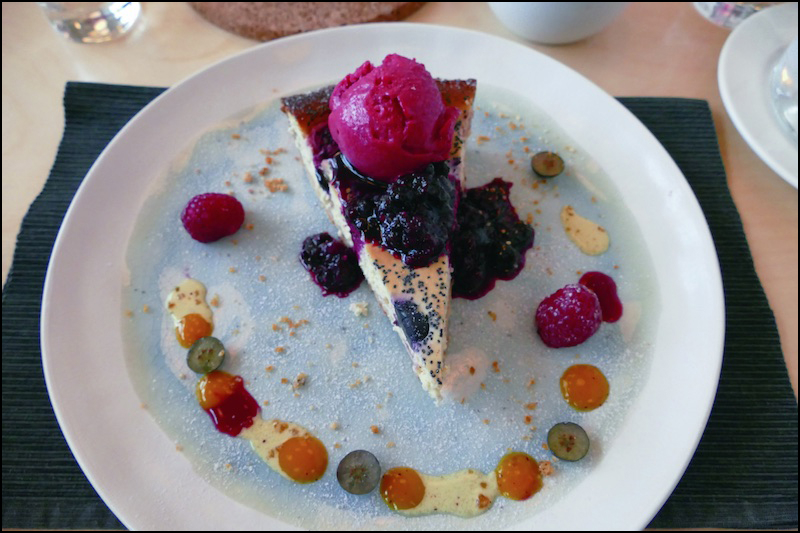
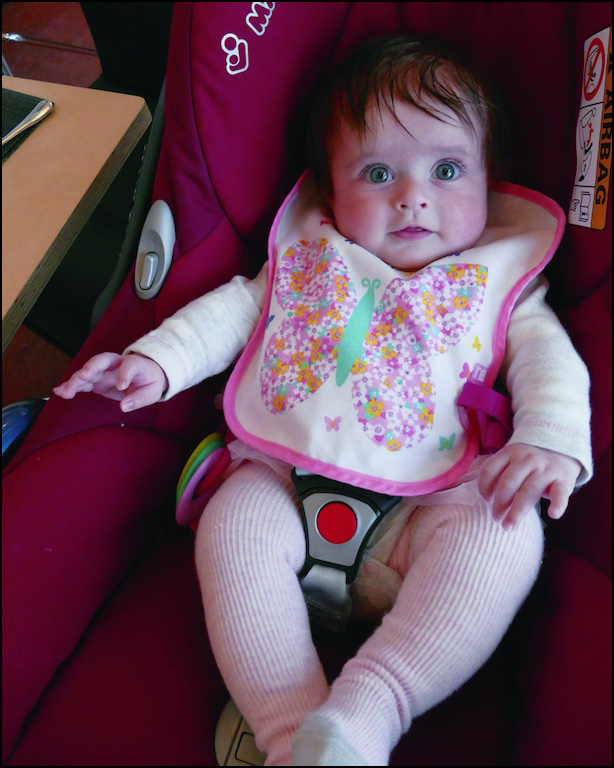
. . . until she fell asleep on Sinéad’s lap — no doubt out of boredom with our conversation :-).
Before we left, I finally got a chance for Mary to introduce me in person to Leo, who had to wait for us in the car park. I had “met” Leo via Skype, but he was even cuter in person.
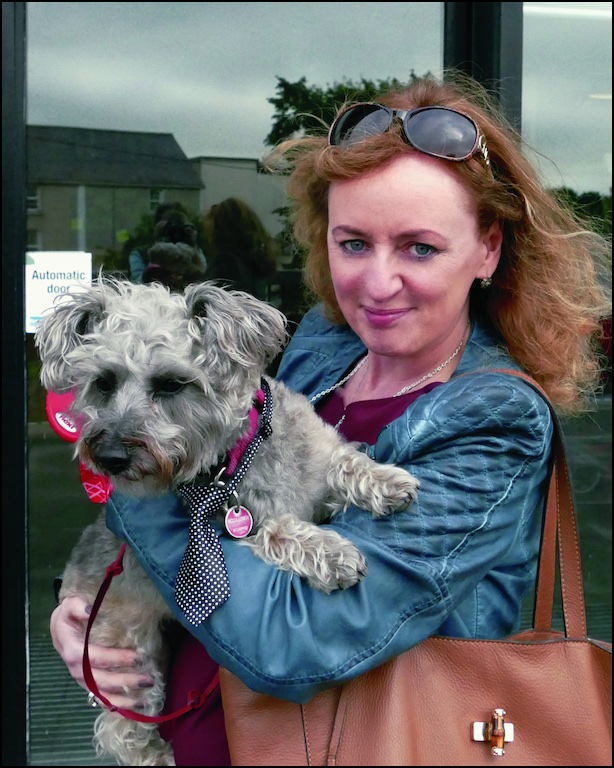
Thanks to Mary for grabbing this photo of Maria, Mia, and me. What a lovely afternoon with friends!
. . . . . . . . . . . . . . . . . . . . . . . . . . . . . . . . . . . . . . . . . . . . . . . . . . . . . . . . . . . . . . . . . . . . . . . . . . . . . . . . . . . . . . . . . . . .
Imaging USA Competition
Thursday, January 14th, 2016
I just returned from Imaging USA, Professional Photographers of America’s national convention, which was held this year in Atlanta. I was delighted to be among 60 photographers to have all four entries selected to hang at the International Print Competition, with three chosen for the Loan Collection, allowing me to achieve Platinum Photographer of the Year status. This was a first for me, so it was especially satisfying. For the last several years I’ve been entering PPA Print Competition to challenge myself in the field of landscape photography. Years ago, Jim and I entered prints as a way to improve our skills as portrait photographers, which is how we have earned a living. These days, I do landscape photography for the pure joy of it, so it was quite special to have such a good outcome this year. All four images were photographed in 2014 in County Donegal, Ireland, using my Lumix FZ1000 25mm-400m fixed-lens mirrorless camera . . . my favorite travel camera ever!
North Atlantic Beacon — Loan Collection
Low Tide on the Marsh — Loan Collection
Hardscrabble Farm — Loan Collection
Tranquil Hillside — General Collection
. . . . . . . . . . . . . . . . . . . . . . . . . . . . . . . . . . . . . . . . . . . . . . . . . . . . . . . . . . . . . . . . . . . . . . . . . . . . . . . . . . . . . . . . . . . .
Holiday Greetings — 2015
Thursday, December 24th, 2015
. . . . . . . . . . . . . . . . . . . . . . . . . . . . . . . . . . . . . . . . . . . . . . . . . . . . . . . . . . . . . . . . . . . . . . . . . . . . . . . . . . . . . . . . . . . .
A Visit to Yeats Country
Saturday, September 5th, 2015
This is Yeats Lodge, the B&B that we booked for our first stay in Sligo in 2008. We have returned to this great accommodation several times since, including last year for a week-long stay. The public rooms are spacious, and our bedroom with ensuite bath was extremely comfortable. We came to Sligo because William Butler Yates was one of my three favorite poets when I was an English major in college, and I wanted to visit at least some of the places from which he took inspiration. Following is a summary of a single day’s journey in 2008:
Yeats Lodge is located just off the main north-south motorway. Yeats’s grave is just a mile away, and the sea coast, which is always an attraction, is close by as well. This part of Sligo gained fame as “Yeats Country,” because the poet is closely identified with the area around Drumcliff. Yates spent much of his childhood with his mother’s family in Sligo, where he explored the land and learned folk tales.
We began our day at the nearby Drumcliff Church, where he is buried (St. Columba’s Parish Church, Church of Ireland), and where his great-grandfather had served as Rector. The Celtic cross, shown below, greets you at the churchyard. It was part of the original monastery and is presumed to be from the 11th century.
The country church and graveyard is lovely and tranquil, surrounded by the visually stunning mountains that Yeats so often referenced in his work. It was a beautiful Indian summer day, so we lingered for a time just soaking up the beauty of this quiet setting.
At Yates Lodge we stayed in the “Ben Bulben Room,” aptly named because it had a view of the massive “Table Mountain,” one of Ireland’s most beautiful mountains. Its distinctive outline results from different responses to erosion of the limestone and shale that forms the mountain.
Ben Bulben dominates the landscape from all directions, and it is fascinating to watch the mountain face change as the light comes and goes with the movement of cloud formations. You can even see Ben Bulben in the mist of this image that I made as we explored the coastal area around Drumcliff.
Next, we turned inland to head east where we could explore the road that lies at the base of Ben Bulben.
There we saw picturesque cottages . . .
. . . and grand country homes.
All along the way, we saw beautiful vistas that helped to explain how this rich visual environment informed the imagery of Yeats’s poetry.
Finally we arrived at Glencar Lake, one of Yates’s favorite locales.
As we were driving along the edge of the lake, I caught sight of a swan.
All it took was crackers to attract him and eventually his mate.
As we were heading back to the lodge, a rain shower blew in. But it did not spoil our day. In fact, it just made it better with a rainbow
I felt very lucky to be a photographer after this unforgettably perfect day in Yates County.
. . . . . . . . . . . . . . . . . . . . . . . . . . . . . . . . . . . . . . . . . . . . . . . . . . . . . . . . . . . . . . . . . . . . . . . . . . . . . . . . . . . . . . . . . . . .
« Newer Older »


